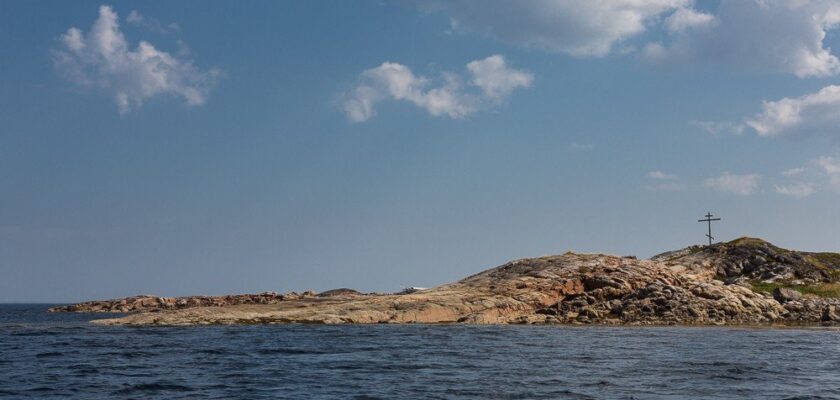White Sea
The White Sea is an inland sea in the north of the European part of Russia, belonging to the Arctic Ocean.
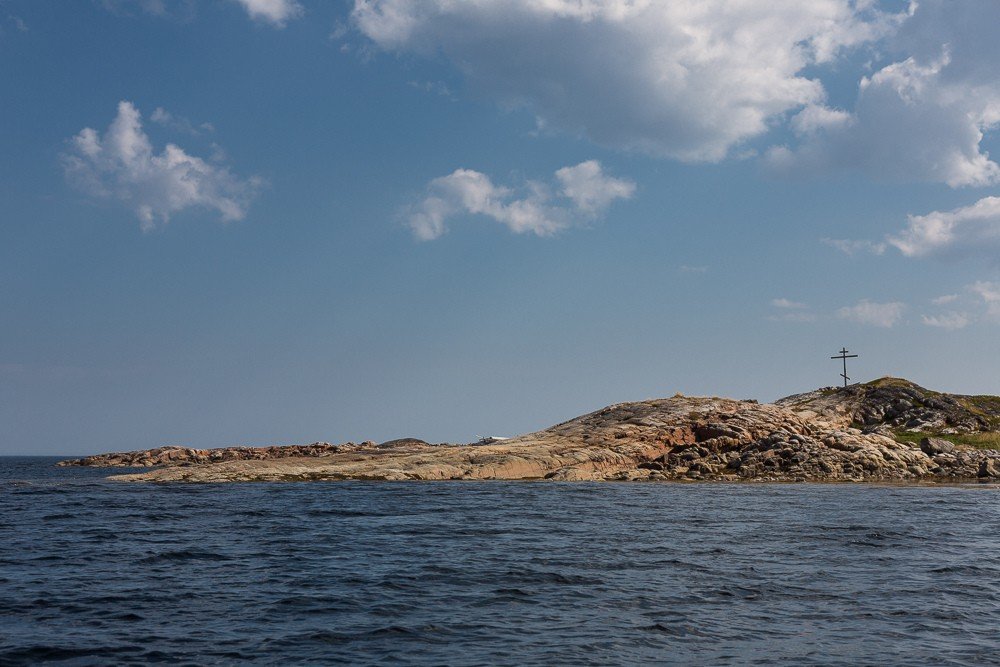
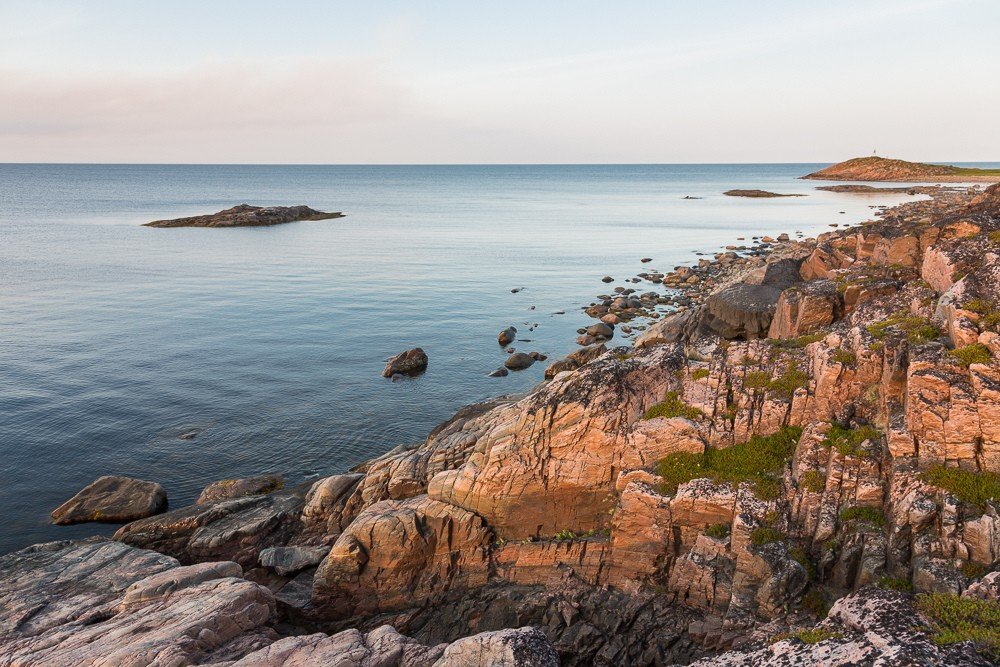
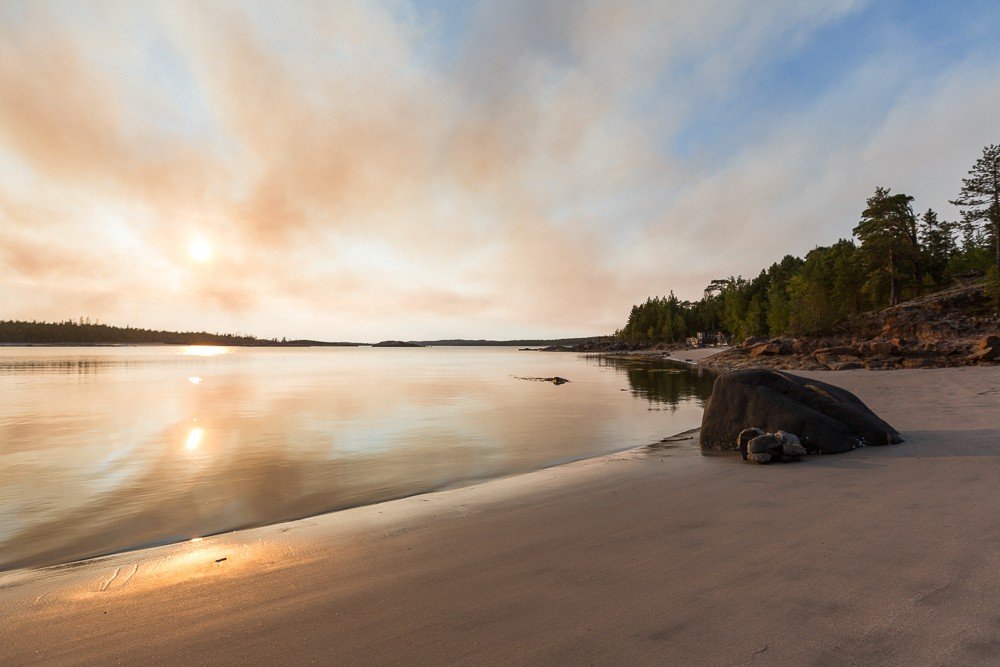
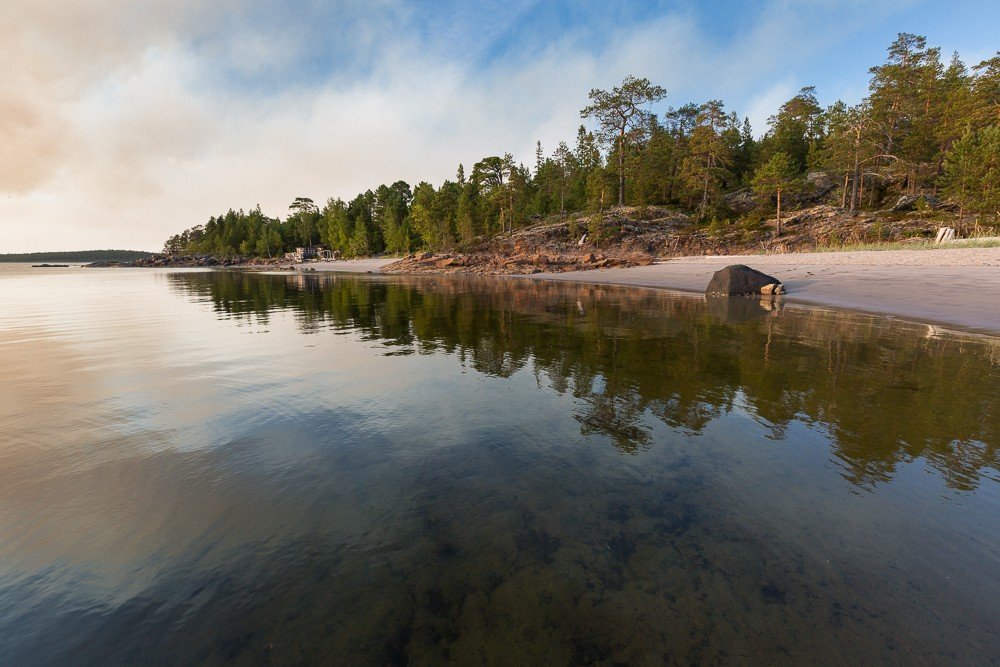
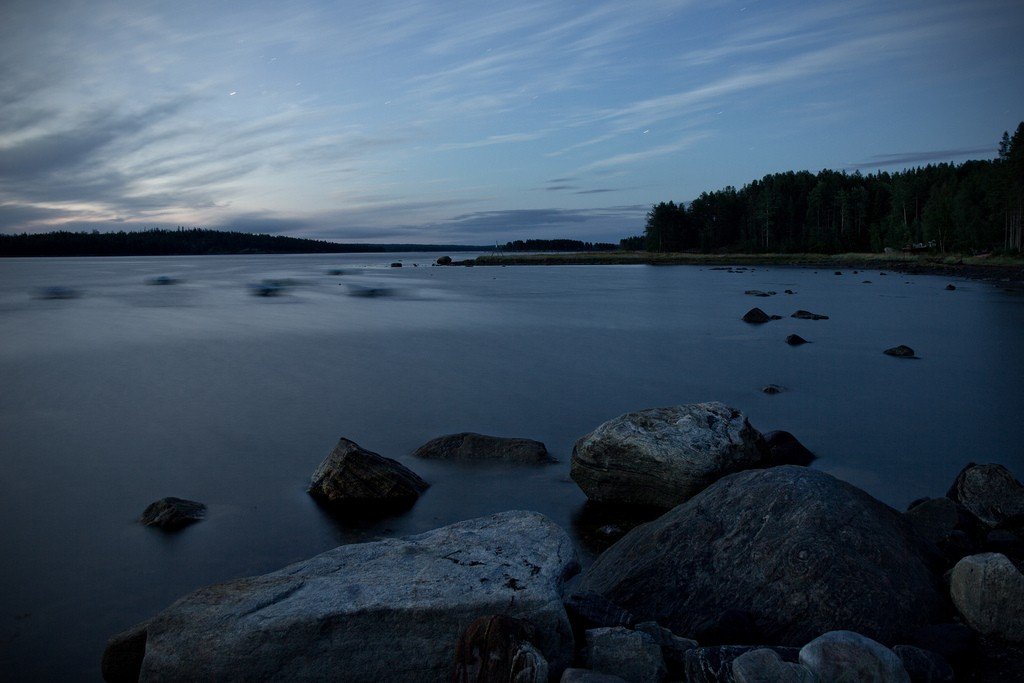
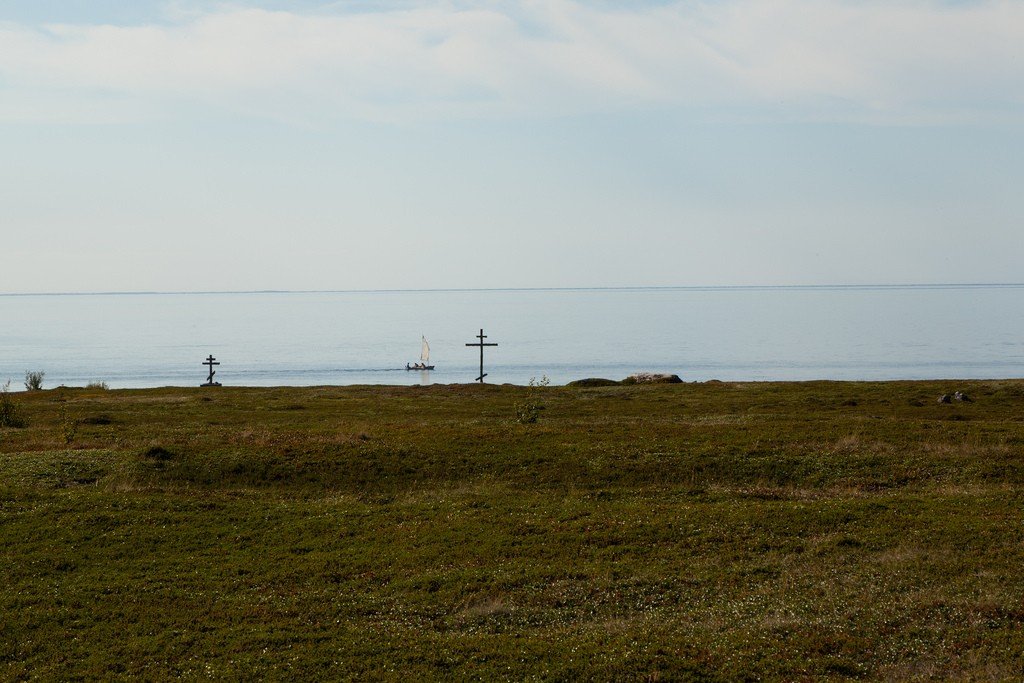
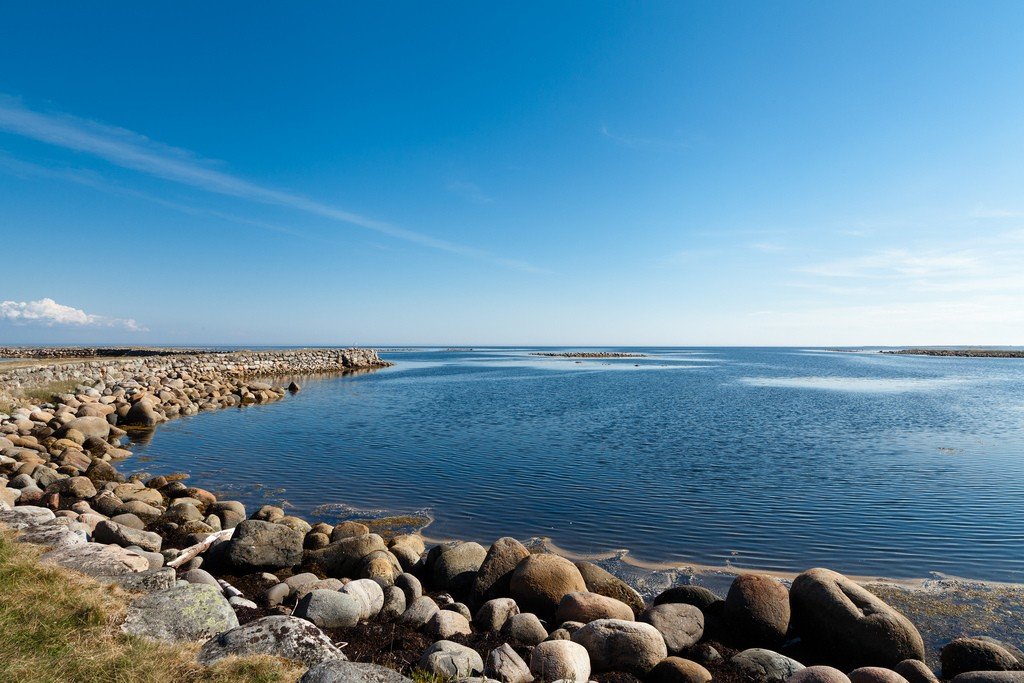
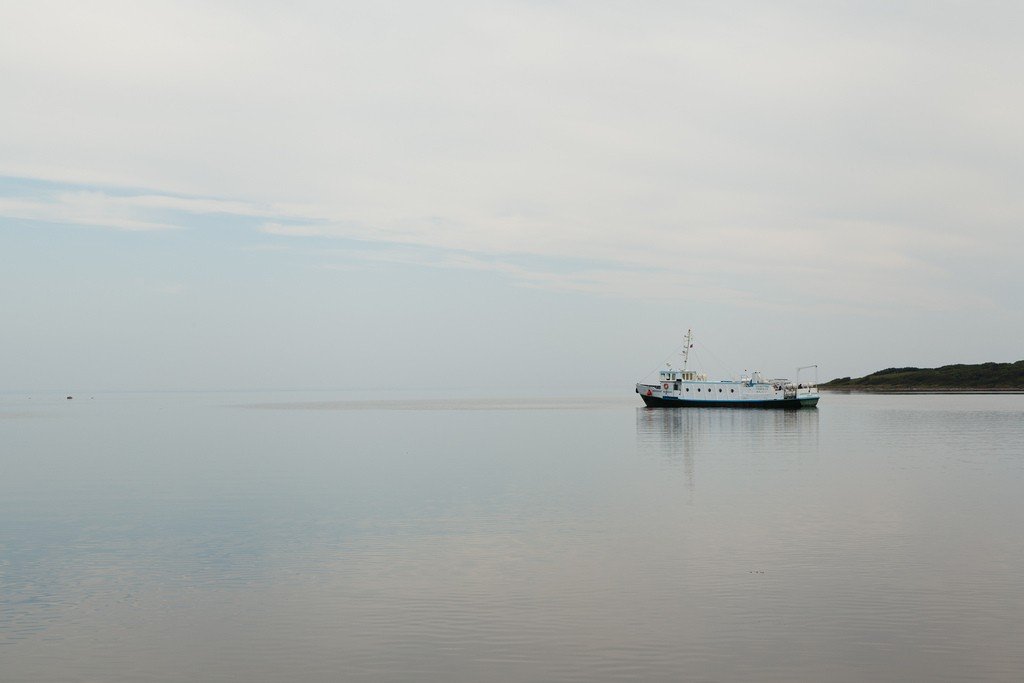
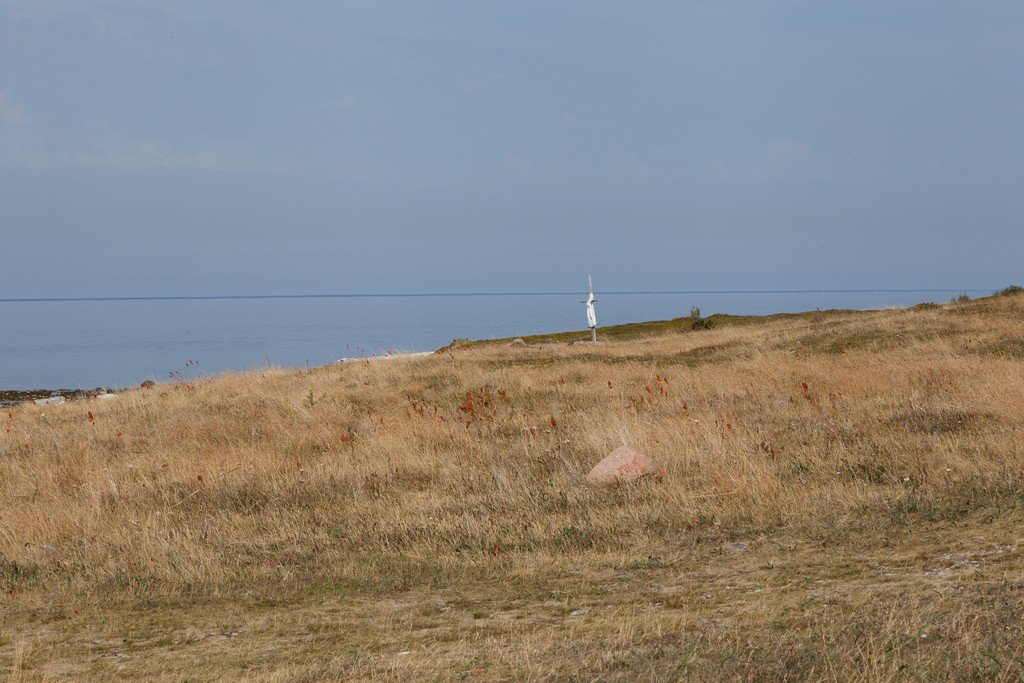
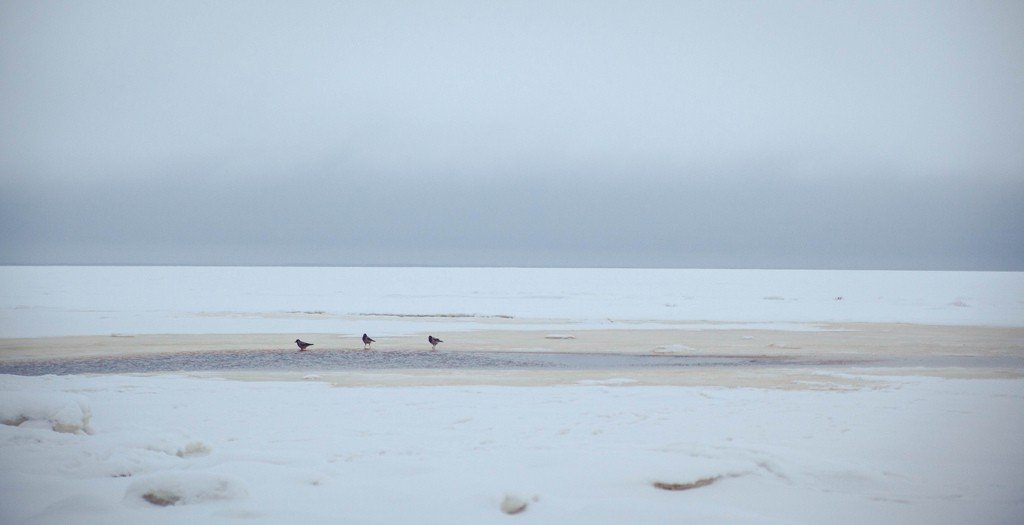
General information
Among the seas that wash Russia, the White Sea is one of the smallest (only the Sea of Azov is smaller). Its surface area is 90 thousand square kilometers, that is, one sixteenth of the area of the Barents Sea, the volume is only 8000 cubic kilometers. The greatest depth of the sea is 330 meters, and the average depth is 67 meters. The border between the White Sea and the Barents Sea is considered to be the line drawn from Cape Svyatoy Nos (Kola Peninsula) to Cape Kanin Nos (Kanin Peninsula).
In winter, the sea usually freezes over. The salinity of the water is from 15 to 28 ppm. Tides are semi-diurnal, quite high – the average height of sisigian tides varies from 0.6 m (Zimnyaya Zolotitsa) to 7.7 m (Mezenskaya Bay, mouth of the Semzha River).
.The rivers Severnaya Dvina, Onega, Mezen and many others flow into the White Sea.
.The main ports are Arkhangelsk, Severodvinsk, Onega, Belomorsk, Kandalaksha, Kem, Mezen.
.
The White Sea-Baltic Canal connects the White Sea with the Baltic Sea and with the Volga-Baltic Waterway.
.The entire White Sea is considered to be Russia’s internal waters.
The White Sea’s water area is divided into several parts: the Basin, the Throat, the Funnel, Onega Bay, Dvinskaya Bay, Mezenskaya Bay, and Kandalaksha Bay. The shores of the White Sea have their own names and are traditionally divided (in the order of enumeration counterclockwise from the coast of the Kola Peninsula) into the Tersky, Kandalaksha, Karelian, Pomorsky, Onega, Letny, Zimny, Mezensky, and Kaninsky shores; sometimes the Mezensky shore is divided into the Abramovsky and Konushinsky shores, and part of the Onega shore is called the Lyametsky shore.
.The White Sea is a shelf sea, whose modern basin is a marginal continental depression that arose on the slope of the crystalline Baltic Shield. The sea bottom has a highly dissected relief. In the north-western part there is the Kandalaksha depression with sharply defined sides, apparently of dumping origin; to the south of it there is an elevation – the base of the Solovetsky Islands. There are many small underwater elevations (“ludas”) in the Onega Bay. In Gorla and Voronka, as well as in Mezensky Bay, underwater sand ridges created by tidal currents are characteristic. Bottom sediments of the main part of the sea and Dvinsky Bay are represented by silt and sandy mud, in Kandalaksha and Onega Bays and in the northern part of the sea sandy and stony soils prevail. Often (especially near the coast) glacial deposits are exposed on the bottom. Like the Baltic Sea, with which the White Sea is historically closely connected, the White Sea basin was filled with ice during the last glacial epoch. Only during the Anthropogenic period (Joldian time), when the glacier edge retreated to the northwest, was the basin flooded by sea water.
.
The fauna of the White Sea is represented by relics of the cold Ioldian (Arctic forms) and warm Litorin (boreal forms) periods. The benthic fauna includes 720 species, ichthyofauna – more than 60 species, marine mammal fauna – 5 species (excluding occasional visitors).
.